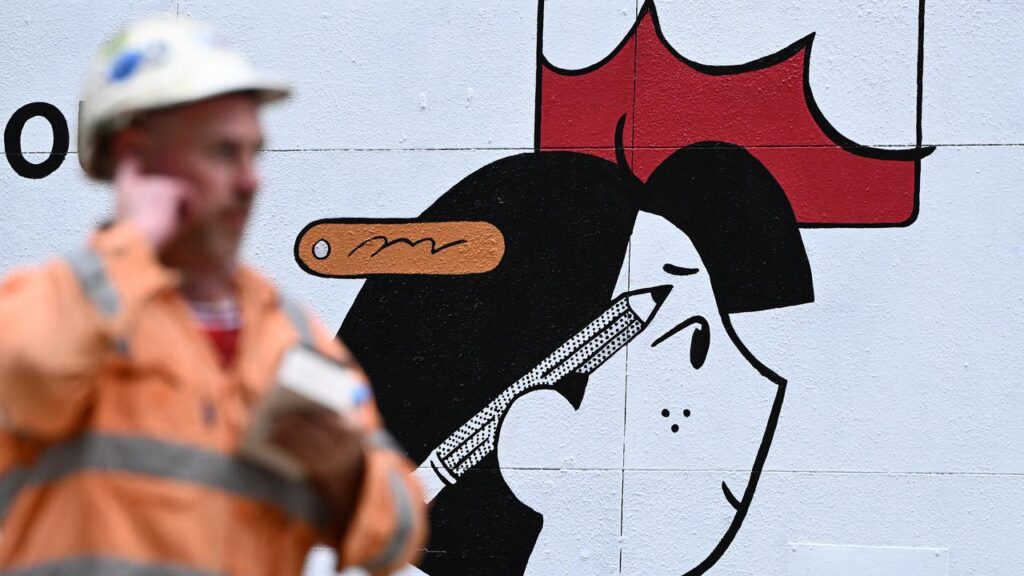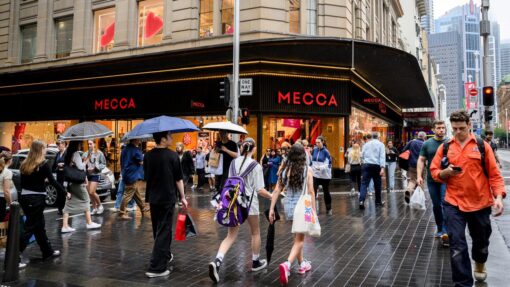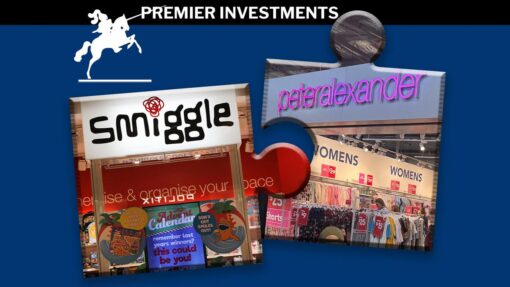Mortgage relief could be limited as jobs market expands
Jacob Shteyman |

The Reserve Bank is still expected to cut rates after more signs of surprising resilience in the labour market, but hopes of further mortgage relief have been pared back.
The unemployment rate held steady at 4.1 per cent in April, in line with consensus predictions, but the Australian Bureau of Statistics also recorded an increase of 89,000 jobs in the economy, smashing market expectations.
The labour force print was the last major data release before the Reserve Bank of Australia board decides whether to cut the cash rate from 4.1 per cent on Tuesday.
The money market had priced the probability of a 25 basis point cut at 90 per cent but lowered the odds to about 80 per cent following the ABS release, IG market analyst Tony Sycamore said.

“Today’s jobs report has provided yet another reminder of the resilience of the Australian labour market, which was a factor in the RBA recently revising lower its unemployment forecasts to 4.2 per cent from 4.5 per cent for the end of 2025,” he said.
Strong jobs data and an easing in trade tensions between the US and China this week have led the money market to reduce its forecast to around 75 basis points of cuts by year end, from 100 basis points on Monday.
The unemployment rate has been historically low in recent years, hovering around the 3.9 to 4.1 per cent range since August 2024.
RBA governor Michele Bullock has expressed concerns that tightness in the labour market could cause price growth to re-accelerate.
But Mr Sycamore still expects the central bank to cut the cash rate, given underlying inflation is back in the target band and lingering tariffs continue to risk impacting global growth.
Employment growth was driven by more women entering the workforce, with the participation rate increasing to 67.1 per cent.
Freshly minted employment Minister Amanda Rishworth welcomed the record high level of women’s workforce participation.
“Reducing the gender pay gap has been a critical focus of our government,” she said.
JP Morgan chief economist Ben Jarman also tipped a cut but he said it wouldn’t be a “slam-dunk case” for the board.
“The economy is picking up gradually while inflation converges to the target mid-point, a soft-landing that justifies a relatively gradual glide path toward neutral,” he said.
NAB economists still predict the RBA to deliver a jumbo 50 basis point cut, although the bank’s senior markets economist Taylor Nugent said the risk to the economy of tariffs has scaled back in recent days.

Wages data this week revealed a stronger-than-expected rise in the March quarter but this was driven by changes to industry awards and enterprise agreements.
Slowdown in growth in individual arrangements, which provided a more relevant indicator of how the business cycle was influencing wages costs, indicated the labour market was loosening, CBA senior economist Stephen Wu said.
Thursday’s data confirmed the jobless rate remained below the central bank’s prediction of 4.2 per cent for the June quarter.
The RBA will release updated economic forecasts in its Statement on Monetary Policy on Tuesday.
HSBC chief economist Paul Bloxham said recent local growth indicators have been slightly weaker than expected, strengthening the case to cut.
CommBank’s Household Spending Insights index, released on Thursday, continued to show modest growth, rising 0.2 per cent in April.
AAP


